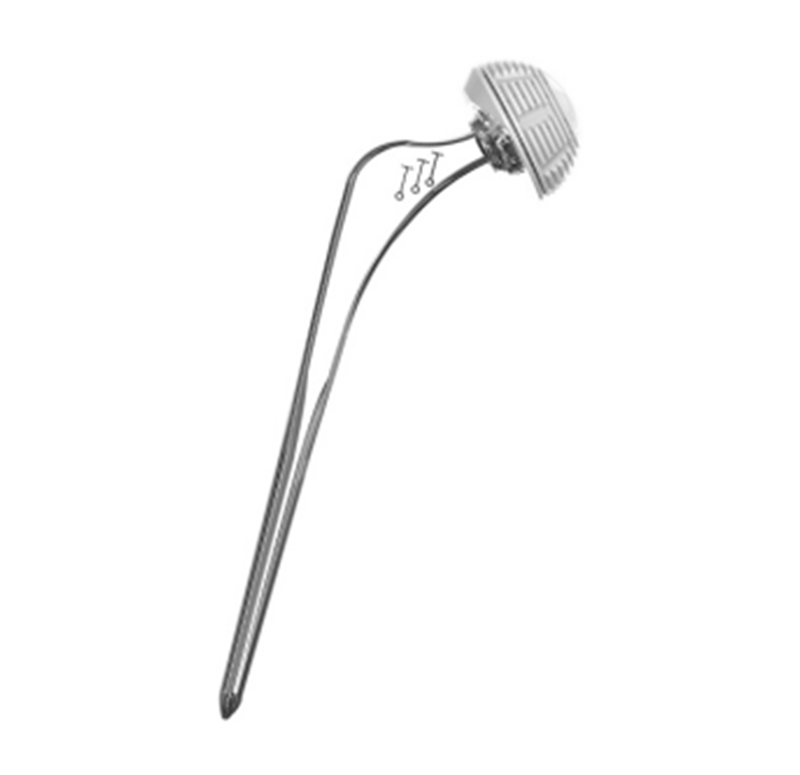Complications after artificial knee replacement are divided into systemic complications and local complications. Systemic complications caused by knee replacement include fat embolism, myocardial infarction, urinary tract infection, etc., but they are similar to hip replacement relatively rare.
Common peroneal nerve injury
The incidence of common peroneal nerve injury after total knee arthroplasty is 1% to 5%, and most of the symptoms appear in the first 3 days after surgery. After the injury of the common peroneal nerve, the main manifestations are dysfunction of the tibialis anterior muscle and extensor digitorum longus. Most of them occur during the deformity of severe knee flexion contracture and/or knee valgus.
1. Reason
During the operation, the nerves were directly squeezed and pulled by the hook.
Excessively stretch or extend the lower limbs.
Postoperative local dressing, hematoma, plaster compression.
Postoperative analgesia, decreased sensitivity of the limbs, loss of protective reflex, and the common peroneal nerve is not easily noticed by the patient after compression.
Improper use of tourniquets, excessive pressure, or prolonged hemostasis.

2. Processing
Conservative treatment: remove all dressings, make knee flexion <30°, and apply neurotrophic drugs.
Surgical exploration: If the common peroneal nerve is compressed by a progressively increased hematoma, or if conservative treatment continues for more than 3 months and the nerve function does not recover, surgery should be performed to open the nerve for decompression.
Before the recovery of the common peroneal nerve, the ankle-foot support is used to support the foot, and the passive back extension of the ankle joint is performed to prevent the foot from sagging.
3. Prevention
For patients with severe knee flexion and/or severe knee valgus deformity, they should be fully exposed during surgery, and the common peroneal nerve should be released and protected.
During operation, avoid pulling and squeezing the common peroneal nerve directly.
When correcting severe knee flexion and/or valgus deformity, in order to prevent common peroneal nerve injury, the soft tissue should be completely loosened and the osteotomy should be sufficient.
Be careful not to press the common peroneal nerve during bandage and braking after the operation, especially for patients who use epidural intubation for pain relief after the operation, use a cushion to raise the buttocks to prevent external rotation of the lower extremities and compression of the fibula head.
The above information is provided by joint prosthesis exporter.
Copyright:@2020-2021
Comments Please sign in or sign up to post.
0
0 of 500 characters used